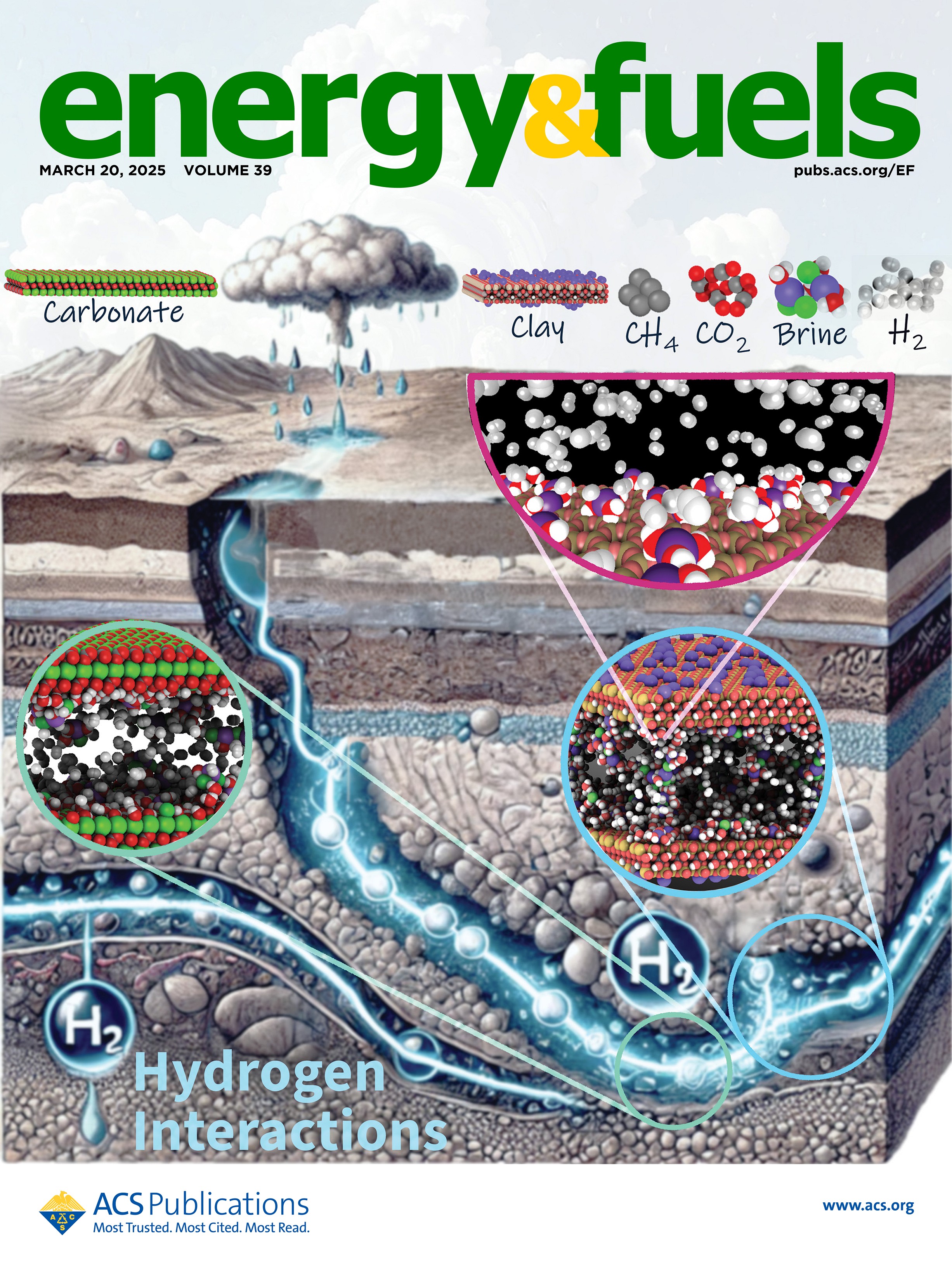
"Impacts of Residual Water and Salinity on Hydrogen Adsorption and its Distribution in Geological Minerals: Insights into Hydrogen Geostorage and Natural Production"
Featuring Temoor Muther and Amirmasoud Kalantari Dahaghi
Abstract
Hydrogen interactions with subsurface geological formations have gained significant attention due to their potential for both hydrogen storage and natural hydrogen production. However, the behavior of hydrogen in the presence of residual water within geological pores remains insufficiently understood. This study uses Grand Canonical Monte Carlo (GCMC) simulations to explore the interactions between hydrogen and subsurface minerals in the presence of residual water, considering varying salinity levels. The primary objective was to understand how thermodynamic conditions such as pressure and temperature, as well as water saturation and salinity, influence hydrogen adsorption and distribution within geological pore spaces. The results reveal that hydrogen adsorption is significantly impacted by thermodynamic conditions, with increased pressure increasing hydrogen adsorption on mineral surfaces and bulk phase saturation, while elevated temperatures reduce these parameters. In the presence of residual water, hydrogen uptake decreases across all minerals, with the degree of reduction being dependent on the mineral type. Notably, the presence of residual water leads to competition for adsorption sites and space in the bulk phase, limiting the hydrogen adsorption capacity. Under saturated water conditions, the minerals followed a general trend in hydrogen uptake: hydroxylated quartz > kaolinite > calcite > Na-montmorillonite > K-Illite, reflecting differences in surface properties and mineral–hydrogen–water interactions. The study also reveals that increased salinity moderately reduces hydrogen uptake, although the effect is less pronounced than that of water saturation. Additionally, shifts in hydrogen distribution were observed, attributed to ion distribution on the mineral surface. Furthermore, the addition of carbon dioxide and methane reduced the hydrogen uptake due to competitive adsorption mechanisms. These findings contribute to a deeper understanding of hydrogen behavior in geological environments, providing valuable data for optimizing hydrogen storage systems and advancing natural hydrogen production strategies.
Citation
Energy Fuels 2025, 39, 11, 5633-5650